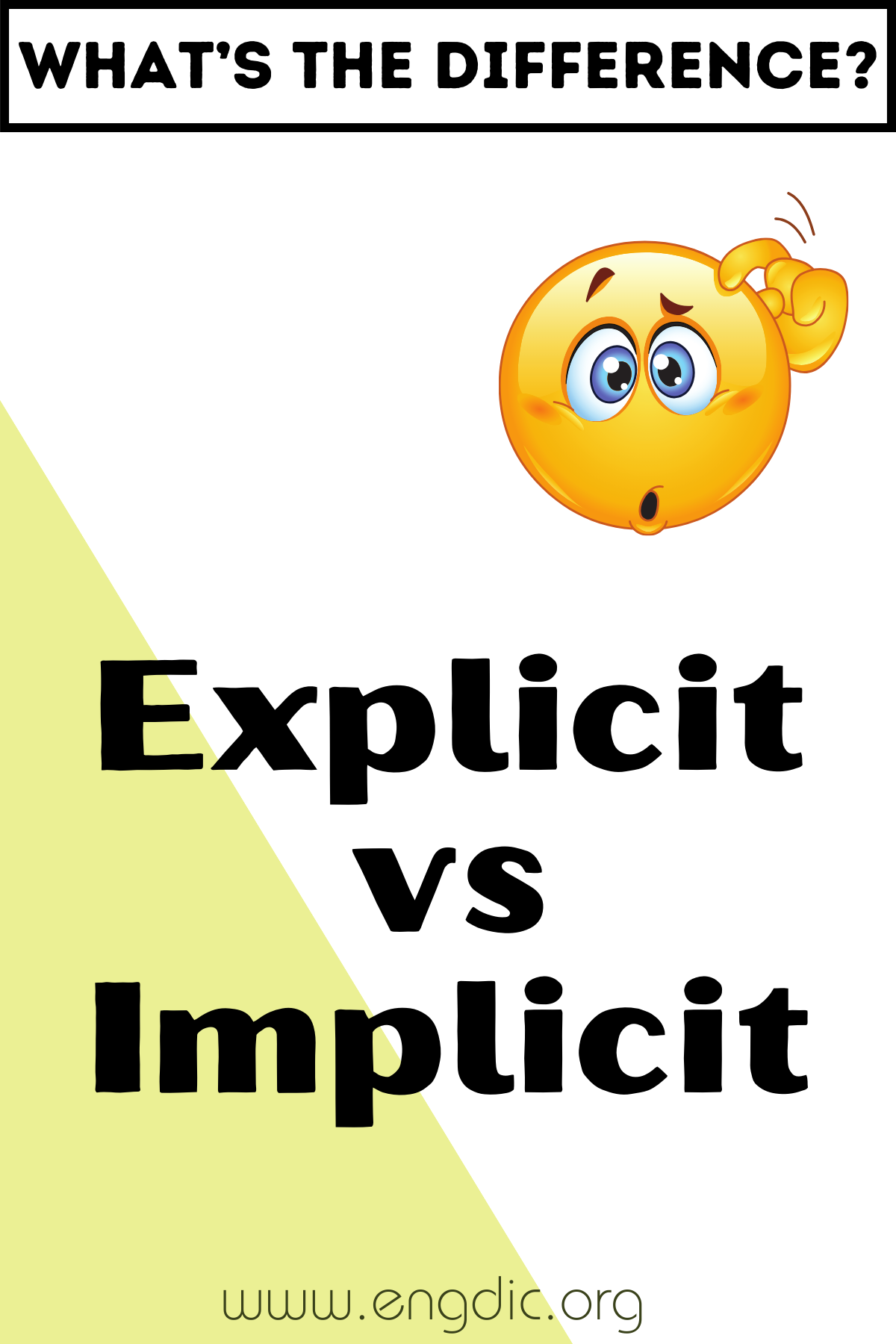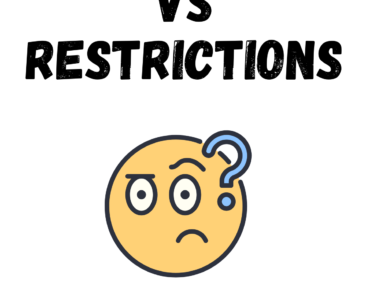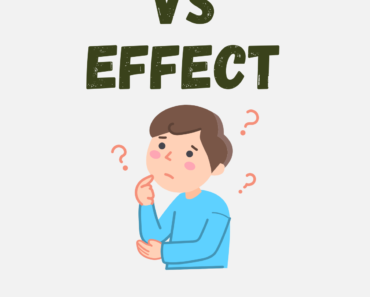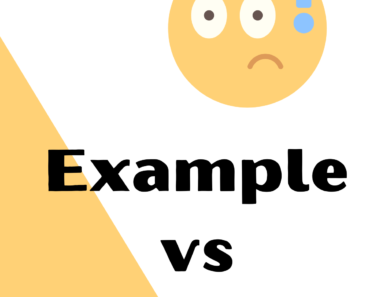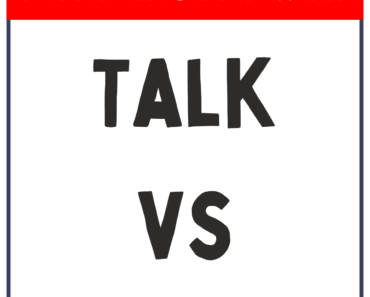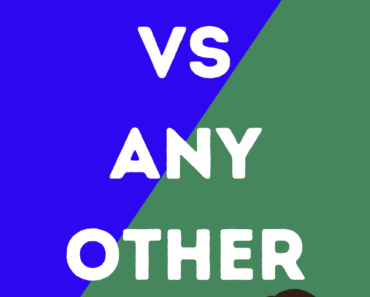The difference between explicit and implicit lies in the level of clarity and directness with which information is presented.
- Explicit information is clearly and unambiguously expressed, leaving no room for interpretation or guesswork.
- Implicit information, on the other hand, is suggested or hinted at indirectly, requiring the reader or listener to infer its meaning.
Understanding the distinction between these two terms is essential for effective communication, as it helps in conveying messages with the appropriate degree of clarity and nuance.
Explicit
Definition: Explicit means fully and clearly expressed or demonstrated, leaving no room for confusion or ambiguity. It’s often used to describe instructions or statements that are detailed and straightforward.
Usage and Examples:
- Instructions: Explicit instructions are crucial in safety manuals, ensuring that every step is clearly defined. Example: “The manual provided explicit instructions on how to assemble the furniture.”
- Language: Explicit language in writing avoids misunderstandings. Example: “His email was explicit in its criticism of the proposal.”
- Media: Explicit content in media is often labeled to inform viewers about potentially sensitive material. Example: “The movie was rated R for explicit scenes.”
Implicit
Definition: Implicit means implied or understood without being directly stated. It suggests that something is inferred based on context rather than being overtly communicated.
Usage and Examples:
- Communication: Implicit messages in conversations rely on shared understanding. Example: “Her nod was an implicit sign of agreement.”
- Assumptions: Implicit assumptions underpin many logical arguments. Example: “The study had implicit assumptions about participants’ behavior.”
- Bias: Implicit biases influence decisions subconsciously. Example: “Training programs aim to reduce implicit bias in hiring practices.”
Understanding these distinctions aids in interpreting and using language effectively, whether in everyday conversation or formal communication.
